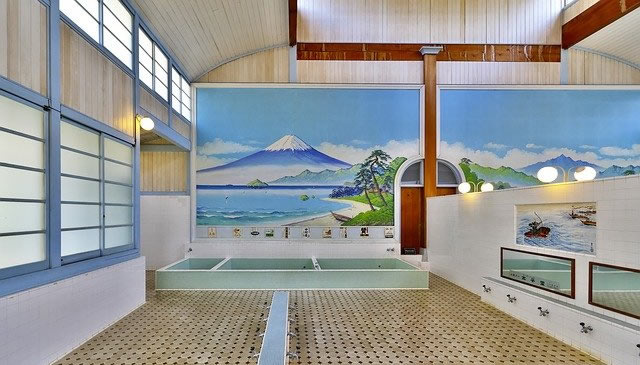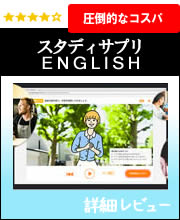先日から「Meet Japan’s first female bathhouse artist -「日本初の女性銭湯アーティスト」を読んでいます。

・「日本初の女性銭湯アーティスト」(1)
・「日本初の女性銭湯アーティスト」(2)
・「日本初の女性銭湯アーティスト」(3)
Japan’s rapid post-World War Two construction boom cemented sento’s cultural and social importance.
第二次世界大戦後の急速な建築ブームにより、銭湯の文化的、社会的な重要度は強固になっていく。
cement「セメント、接合剤、結合、絆、(友情・団体等を)固く結びつける・強固にする、(歯の)セメント質」。
As many homes throughout Japan lacked private baths of their own,
当時の日本には風呂のない家庭がたくさんあり、
public bathhouses not only served a necessary hygienic function, but became a popular daily meeting place for friends and neighbours to socialise, learn news and unwind.
公衆浴場は衛生を保つ役割のみならず、友人や隣人との交流、情報交換、くつろぎの場として日常的に親しまれていた。
At the peak of their popularity in 1968, there were 18,325 sento spread across the country.
最盛期の1968年には、全国に18,325の銭湯があったという。
Sento are a place of sharing – maybe the only place where you forget about social rank.
銭湯は共有の場であり、社会的地位を忘れられる唯一の場所だったかもしれない。
There is a phrase, ‘hadaka no tsukiai’ (‘naked friendship’).
「裸のつきあい」という言葉がある。
“Everybody is naked, everybody is the same,” said Stéphanie Crohin, Japan’s first sento ambassador and an author of a book on the subject.
「みんな裸で、みんな同じ」と語るのは、日本初の銭湯大使で銭湯本の著者でもあるステファニー・コロイン氏。
As Japan’s economy grew in the 1970s and increasing numbers of people had access to private baths, sento around the country began to shut.
1970年代、日本が経済成長を遂げ、自宅風呂に入る人が増えてくると、各地の銭湯が店仕舞いを始めた。
This trickle has since turned into a torrent, and today, as few as 2,600 remain.
その小さな流れはやがて激流となり、その結果、現在では2,600人ほどしか残っていない。
In fact, of the nine bathhouses that once operated in Yawatahama, Taishoyu is the last one standing.
実は、かつて八幡浜で営業していた9軒の銭湯のうち、大正湯は最後の1軒なのだ。
確かに私も銭湯は幼い頃に入ったきりで、その後は家のお風呂が当たり前になりました。
今も都心には風呂なしの激安アパートはあるでしょうから、意外と都会の方が銭湯を利用する人は多そうな気もしています。
もし見かけたら、珍しいな!と思うくらいに無くなりましたよね。
あの独特の立派な建物、映画などで見ると懐かしい思いがします。
理由は単純明快!「少ないコストでしっかり楽しく学べるから」。
私自身の経験(高機能でビックリ)をびっしり書いていますので、良かったら読んでみてください。
下のバナーからどうぞ!






